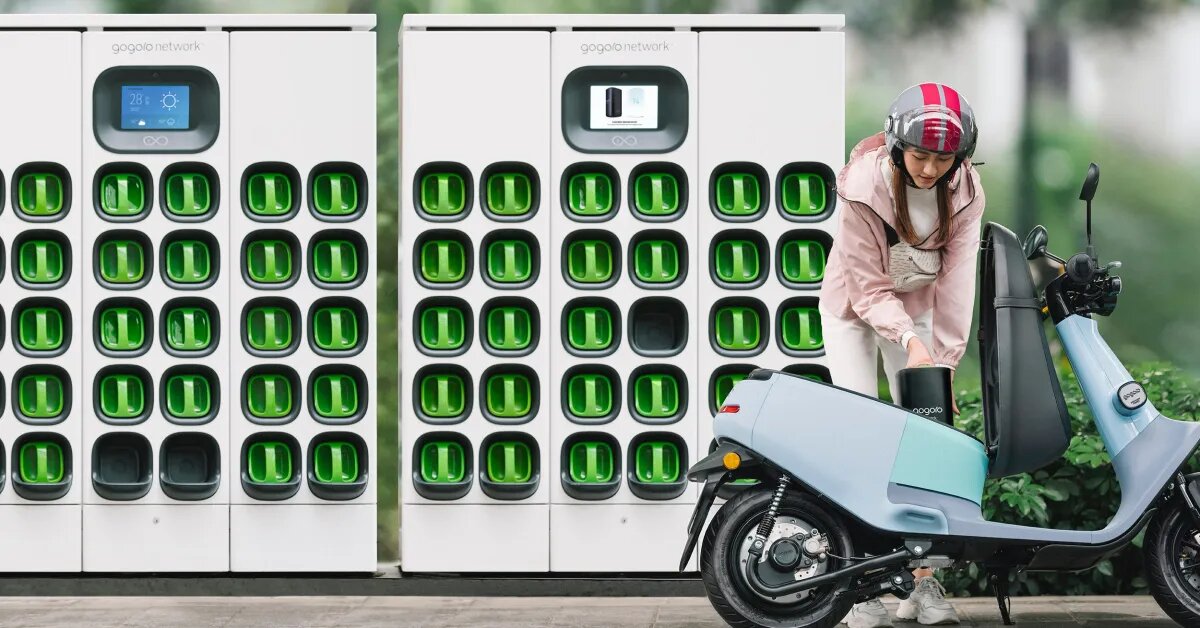
Today, electric vehicles are the solution to greener transportation. However, compared to conventional vehicles which have seen continuous use and development over the last century, electric vehicles are still far from mature, especially when it comes to their perceived fire safety. Battery related safety accidents in electric vehicles occur frequently and the number of them has been increasing dramatically year by year. The majority of accidents are associated with fire caused by thermal runaways in electric vehicle battery packs due to the current mode of charging, known as fast charging technology. This safety concern stands in the way of electric vehicles in becoming the dominating transportation system.
Thermal runaway is a state that occurs when the temperature of the battery reaches a critical value such that the reaction rate of an exothermic reaction increases the temperature, which in turn leads to further acceleration of the reaction rate. It is triggered due to mechanical, electrical, and heat abuses. Mechanical abuse is due to physical accidents, collisions, or penetration. Electrical abuses constitute over-charging and over-discharging of batteries. Similarly, heat abuse includes operating temperature i.e., hot and cold climates. All these three cases of abuse result in internal short circuits inside the battery and form hazardous thermal runaway propagation with the release of toxic gas and fatal explosion. Other possible reasons for electric vehicle fires are poor battery thermal management system, poor quality of the battery, improper assembly of battery packs, manufacturing defects, cell geometry selection, inter cell gaps, and cell alignment. All these reasons are equally affecting in frequent electric vehicle fires. Additionally fast charging is also accelerating faster battery degradation, which affects electric vehicle life and performance.
Read More: Pros and Cons of Battery Swapping: An Energy Efficient Solution
Additionally, re-ignition of thermal runaway is also now-a-days a greater point of concern. Re-ignition is observed in electric vehicles after a few hours, which is uncontrollable and directly affects life and property. All these reasons clearly show that there is a need of proper study on risks and hazards related to the occurrence of thermal runaways in electric vehicles with proper fault detection and early warning.

Instead of charging the batteries immediately, there is another way of refueling the depleted batteries. This can be done by exchanging discharged batteries with freshly charged batteries. This is popularly known as battery swapping. India is focused on only 2-wheeler and 3-wheeler battery swapping by means of manual swapping, whereas recently US and China have started robotic swapping which is safer and is working in rapid way. Entire operation takes 3-5 minutes to complete, which is comparatively lesser than the time taken by fast-charging technology. Battery swapping stations will ensure the availability of charged batteries and provide battery as a service (BaaS). Charging action will be taken care of by the service providers where correct charging and maintenance action can improve battery life, thereby providing better performance to electric vehicles. In 2022, draft for the swapping policy for India is shared which highlights the implementation of this new technology with additional safety and test standards, standardization, and operational planning in coming years.
This new battery-swapping technology can reduce fatal electric vehicle fire accidents ensuring safety. This alternate option also addresses the concerns of customers by cutting refueling time, reducing operational costs, improving lifetime, and promoting the recycling of batteries for a greener environment.
So as a smart customer what will you opt for charging your electric vehicle? Deadly fast charging or safer battery swapping?
Read More: SUN Mobility: A Game Changer in EV Battery Infrastructure






